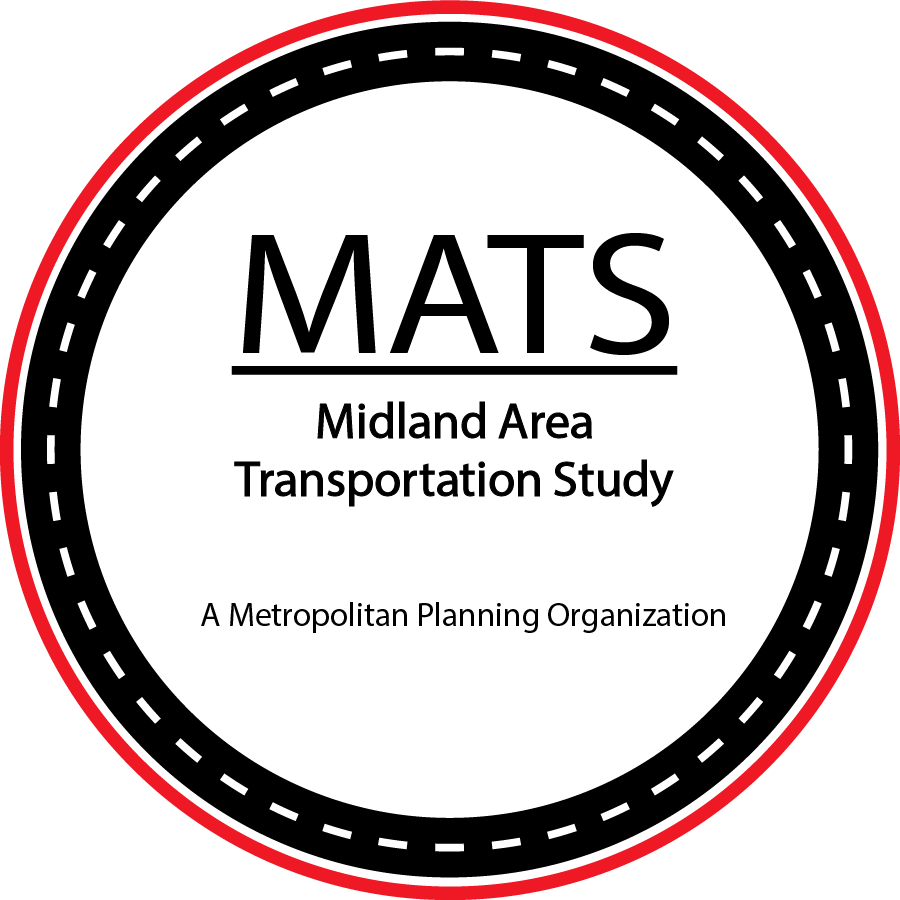Non-Motorized Transportation Plan
The Non-Motorized Transportation Plan is an endeavor by the Midland Area Transportation Study (MATS) to provide a structured way of enhancing non-motorized transportation within its boundaries and promoting development of an NMT system that’s comprehensive, connected, usable and safe. Inclusion of a project in the proposed project listing can assist in demonstrating regional support for a given investment.
Walking, Biking, and more
Active transportation includes walking and bicycling, and variants such as small-wheeled transport (cycle rickshaws, skates, skateboards, push scooters and hand carts) and wheelchair travel.
This Non-Motorized Transportation Plan was created by the Midland Area Transportation Study (MATS) to provide a structured way of enhancing non-motorized transportation within its boundaries and promoting development of an NMT system that is comprehensive, connected, usable and safe.
In the summer of 2020, MATS staff began an update process for the NMT Plan that concluded in 2021. The plan was further amended in 2022.
The NMT Plan is comprised of two elements in addition to establishing a clear objective. First, the Plan incorporates a Complete Streets Policy & Program, adopted by MATS in July 2014 (and included as part of the NMT Plan). It is a measure of a balanced transportation system and a guide in encompassing the needs of ALL users in the planning, designing and implementing transportation projects. It contains a requirement to review all programmed transportation projects for potential incorporation of NMT facilities. As a result, a standardized Complete Streets review process has been developed., and is utilized by MATS staff and implementing agencies in the area.
Secondly, the Plan pinpoints future NMT network opportunities, i.e. identifying viable non-motorized projects for construction (with the intent of expanding or connecting the existing infrastructure).
Better non-motorized transportation systems will improve the attractiveness and livability of the community. By providing this infrastructure, both recreational and transportation needs of the MATS area are addressed, while realizing social, environmental, economic and health benefits – all positive effects. Another benefit is that NMT Plan lends support and justification for funding requests by local units of government; NMT projects that are part of or connect with regional non-motorized network in an adopted plan are looked at more favorably by funding agencies from state and federal programs.


